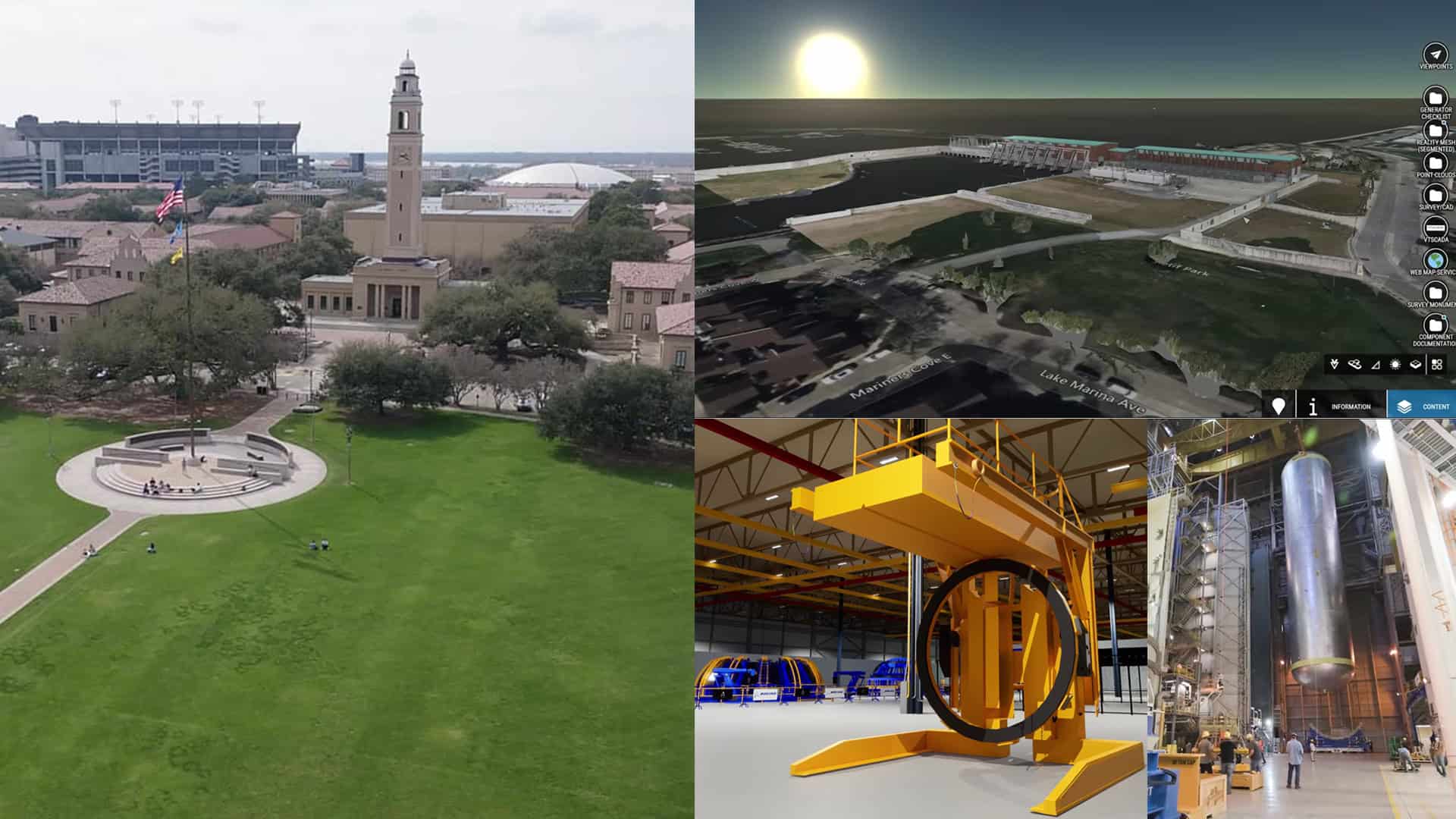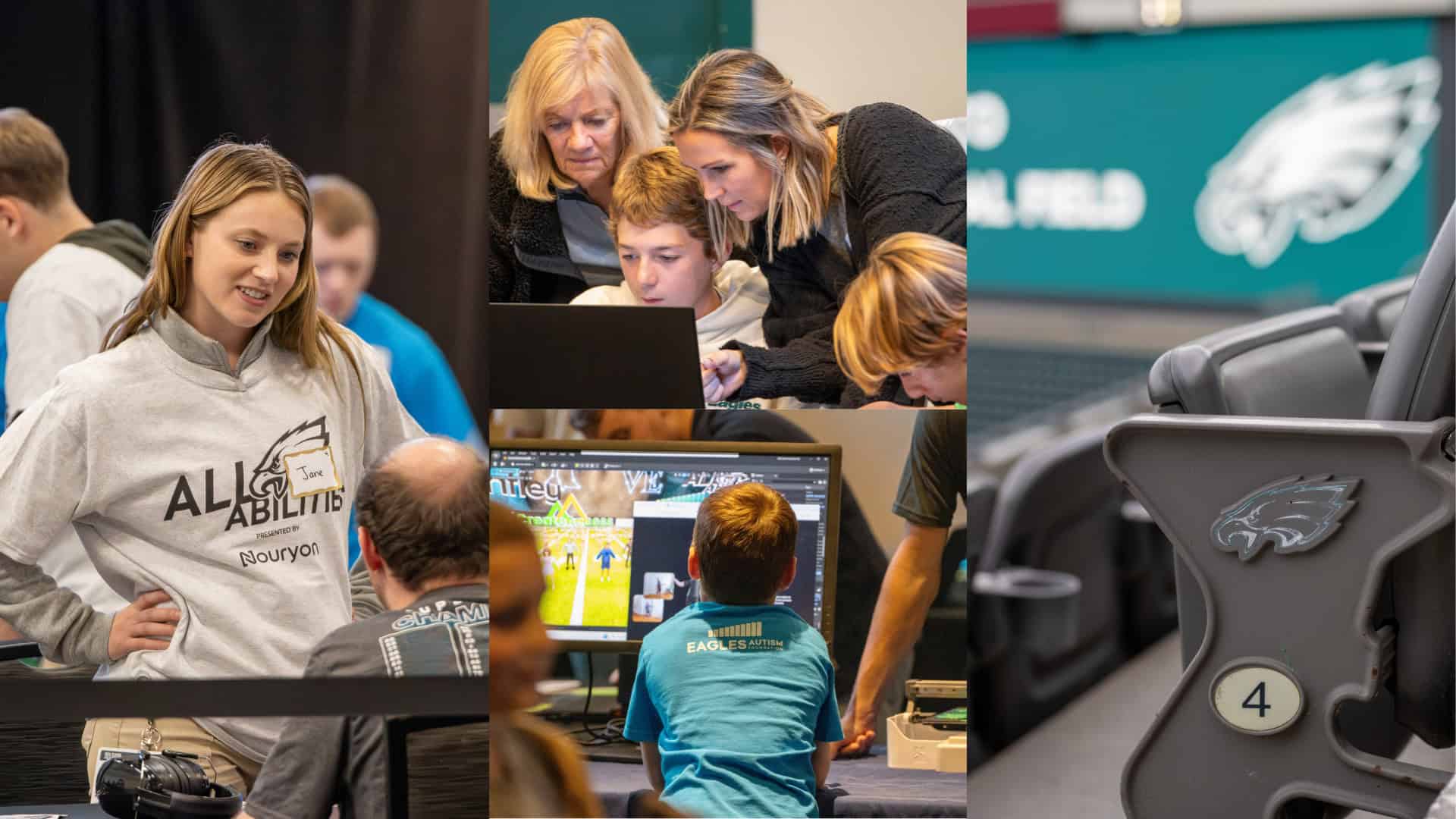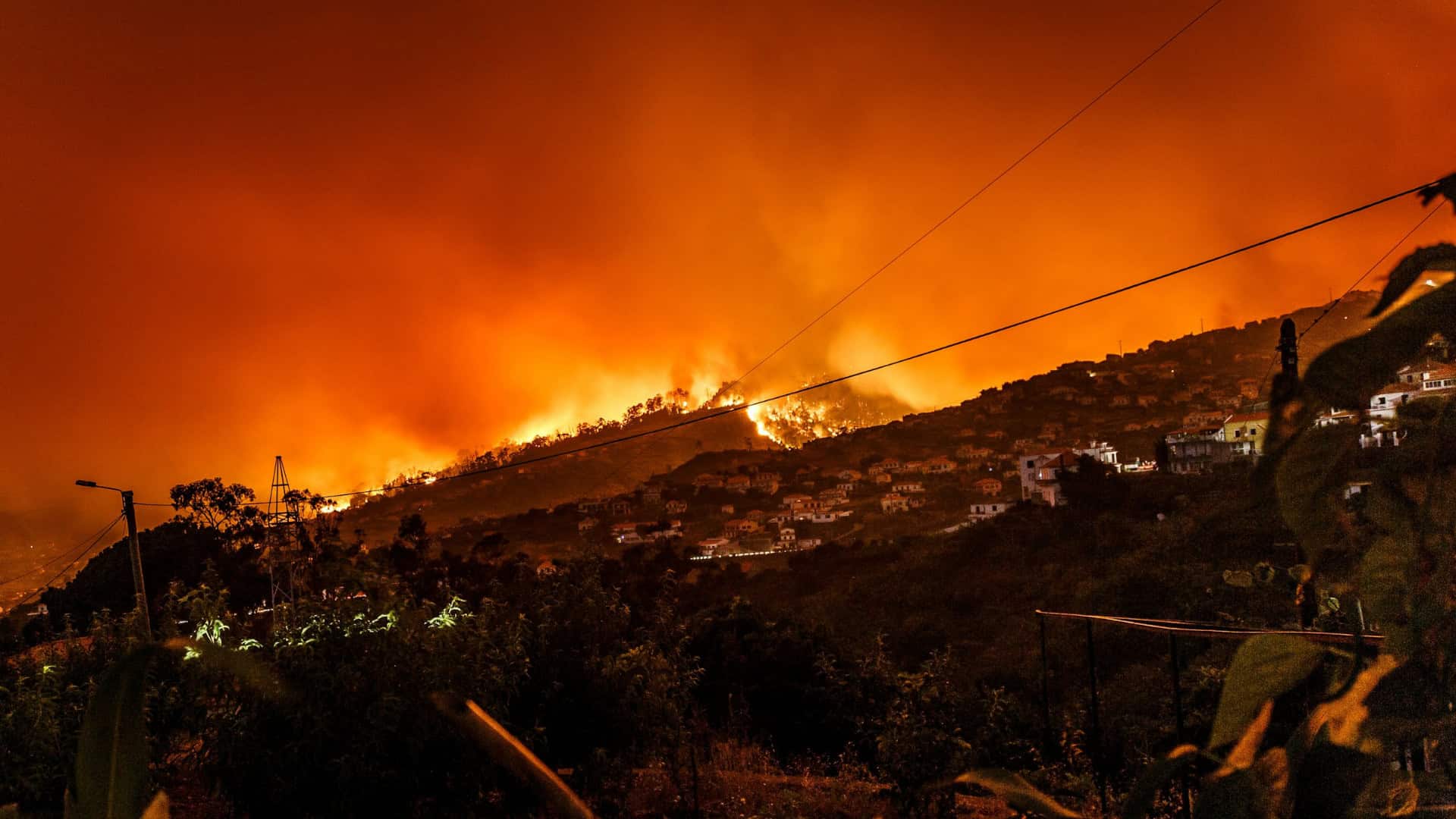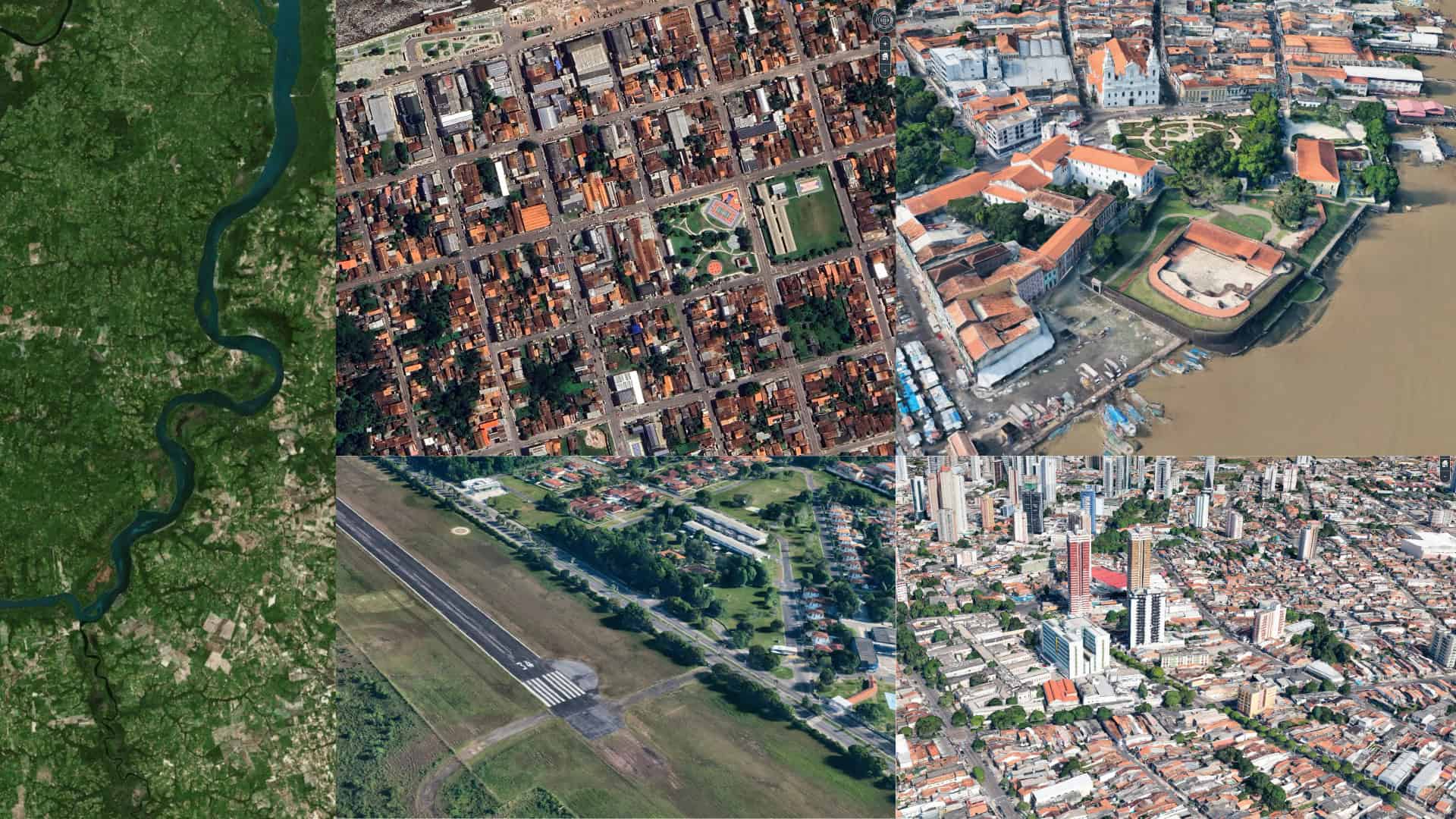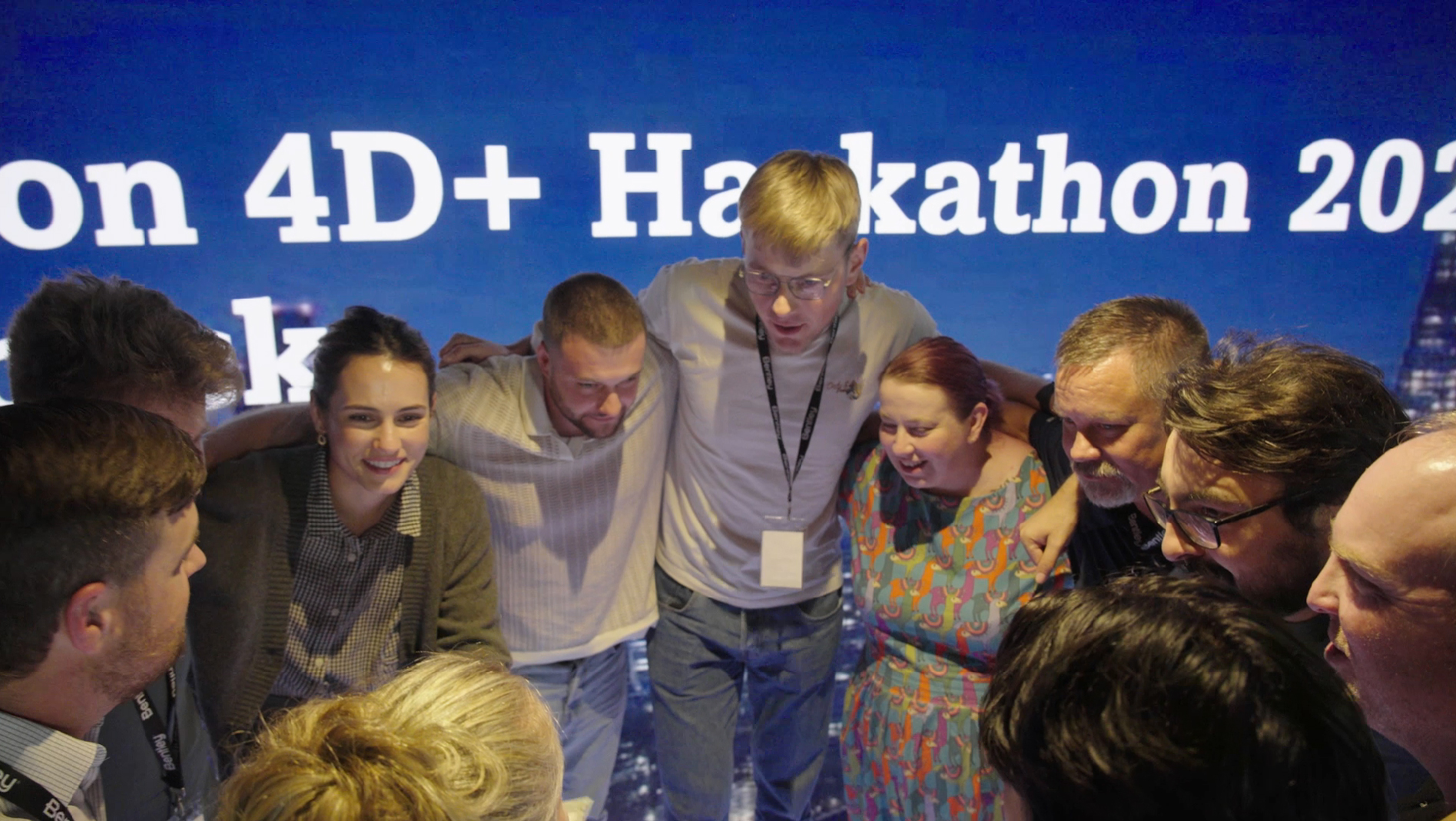When Vicki Colvin joined Louisiana State University as dean of its engineering college, she was immediately struck by the school’s vast Patrick F. Taylor Hall, one of the largest freestanding engineering buildings in the U.S.
“One of my first questions to my staff was, ‘OK, can I see a blueprint so I can know where all my faculty are and what square footage I have allocated?’” Colvin recalls. When she was handed an Excel spreadsheet, she thought, “We have to digitally twin this.”
 “I think that integrating AI tools is going to really take digital twins to a whole other level,” says Vicki Colvin, dean of the LSU School of Engineering.
“I think that integrating AI tools is going to really take digital twins to a whole other level,” says Vicki Colvin, dean of the LSU School of Engineering.Colvin turned her experience into an opportunity for her students to learn the digital twin skills she believes are vital for the next generation of engineers. The school will soon be home to the first Digital Twins Certificate Program in the U.S., with the goal of eventually building it into a full degree program.
That puts LSU at the vanguard of efforts to address shortages in digital engineering skills just as the demand for infrastructure soars.
Colvin talked about those and other issues during the latest Bentley Horizons podcast episode, which is all about digital twin skills. Joining her were Scott Fargason and Joey Coco, co-founders of Digi-Twin Global, a Louisiana company accelerating infrastructure management through digital twin technology; Dustin Parkman, vice president for industry solutions at Bentley Systems; Meredyth Yorek and Katy Tye, LSU doctoral students who are having their own digital twin adventures; and John Ahmet Erkoyuncu, an industry expert at Cranfield University in the U.K.
It’s Not Just About the Models
Colvin says digital twin skills are vital, not least because of the massive shift in the availability of data in recent decades. Twenty years ago, she tells Bentley Horizons, high-quality data was expensive to get. Now the challenge is its abundance.
“The problem has shifted from an extraction of information about our environments to: How do we handle the massive quantities of information that we do have?” Colvin says. “People want to make good decisions about how they build a building or how they prepare for a hurricane, and the digital twin is on the path to get there, because it’s compiling all the information into one place.”
LSU’s new certificate program stands out because it’s not just about building the models. It combines engineering with other disciplines, such as computer science and arts, and it trains students in the ethics around data ownership and intellectual property rights.
“We have a series of underlying issues with respect to that data ownership,” program lead Scott Fargason tells the podcast. “If I’m stitching in something that’s 30 years old, it could be analog, but I need to know the source. I need to know from whom I need to get the authority to actually use the information going forward.”
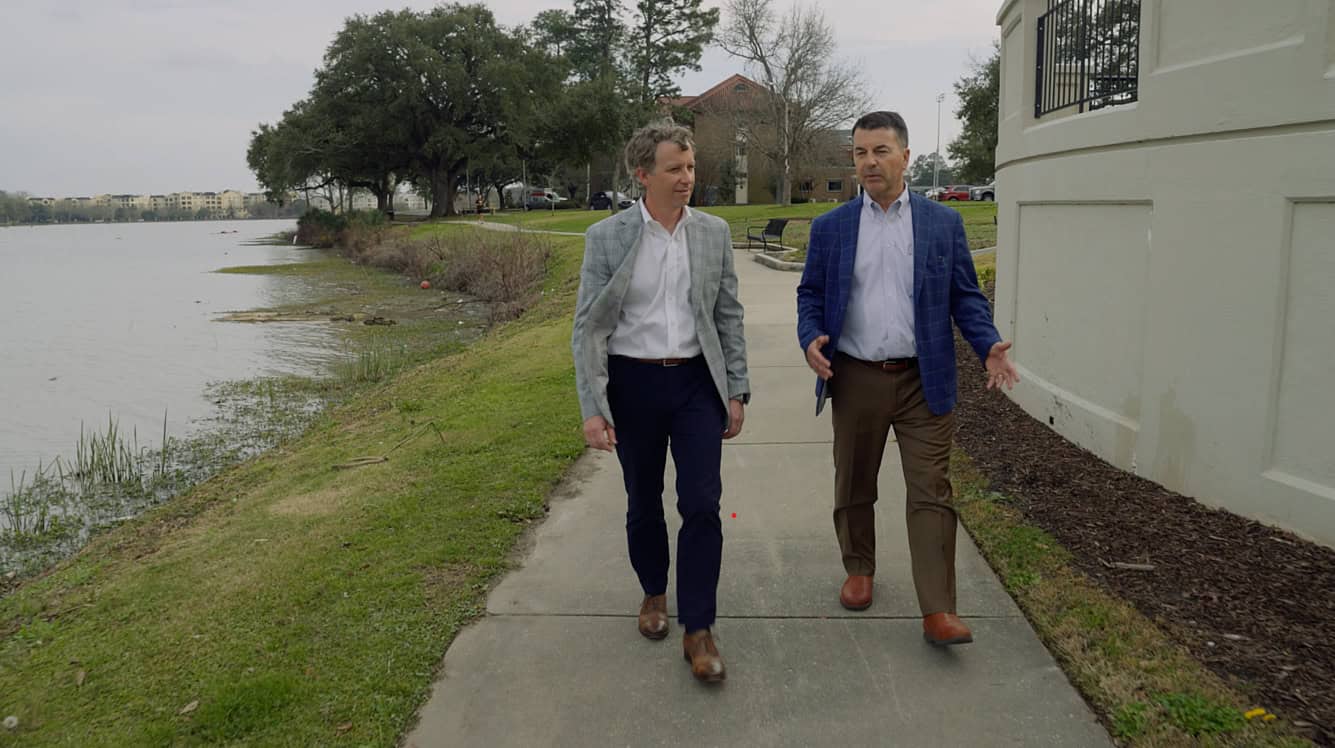 Joey Coco (left) and Scott Fargason are leading a revolution to digitize all infrastructure.
Joey Coco (left) and Scott Fargason are leading a revolution to digitize all infrastructure.From Digital Art To The Moon
Meredyth Yorek is an example of LSU’s cross-discipline approach to digital twin studies.
Yorek was working on her master’s degree in digital art and media at LSU when she started working at NASA’s massive Michoud site, the New Orleans facility building the rockets for the Artemis moon mission. Yorek collected an enormous amount of imagery to build a digital twin of Michoud’s main building, helping engineers predict shifts in the swampy ground underneath. The ground can move by 10 inches in certain areas and affect when the huge—and hugely expensive—rocket can be safely moved.
“What I noticed was a major increase in ability to learn and get skill sets that I would have never had,” says Yorek, who’s now a doctoral design student focusing on using digital twins in cultural heritage.
She says her fellow digital arts students who traditionally take their skills into the entertainment industry are now prepared to broaden their expertise “and advocate for their skill sets in other industries.”
Lower The Barrier for Non-Engineers
Dustin Parkman has been deepening Bentley Systems’ partnership with the LSU College of Engineering as it develops its digital twin program. This includes sponsoring the digital twin symposium held at the campus earlier this year.
Parkman notes that Bentley’s 2024 acquisition of Cesium, the 3D geospatial company, has been a game-changer, lowering the barrier of entry into digital twins for non-engineers.
“What Cesium brought to the table for us is it really kind of closed the gap, or the chasm, of that person who just wants to get started, not just to interact, but also to create,” Parkman says.
Other universities are also working to close the digital skills gap—and not just among students. In the U.K., John Ahmet Erkoyuncu is head of the Centre for Digital and Design Engineering at Cranfield University, where he has been running the Digital Twins for Senior Leaders course for the last few years.
Erkoyuncu tells Bentley Horizons that it’s been a “fascinating journey” training senior managers across industries, from transport to aerospace to healthcare, and opening their eyes to how digital twins might improve productivity, cut carbon, or help them better manage their infrastructure assets.
The Bentley Horizons podcast is hosted by Tomas Kellner, Bentley Systems’ chief storyteller, and Paul Wilson, chair of the advisory board for the online publication SmartCitiesWorld.net.
Listen to the Bentley Horizons podcast episode on digital twin skills.

